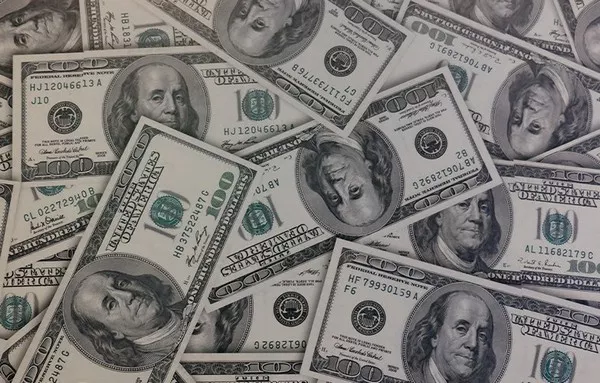The economic stability of a country is crucial for its growth and prosperity. One key institution that plays a critical role in maintaining the stability of the United States’ economy is the central bank. In this article, we will explore the existence, structure, and functions of the central bank in the United States.
1. Understanding the Central Bank:
A central bank is an independent monetary authority responsible for managing a nation’s money supply, controlling interest rates, and ensuring the stability of the financial system. In the case of the United States, the central bank is known as the Federal Reserve System, commonly referred to as the Fed.
2. Historical Background:
The need for a central bank in the United States became evident after a series of financial crises in the late 19th and early 20th centuries. The Federal Reserve Act was passed by Congress in 1913, establishing the Federal Reserve System as the country’s central banking authority.
3. Structure of the Federal Reserve System:
The Federal Reserve System consists of three key components: the Board of Governors, the twelve regional Federal Reserve Banks, and the Federal Open Market Committee (FOMC). The Board of Governors is located in Washington D.C. and serves as the central decision-making body of the Fed.
4. Functions of the Federal Reserve System:
Monetary Policy: One of the primary functions of the Federal Reserve is to formulate and implement monetary policy. It uses various tools such as open market operations and adjusting the discount rate to influence interest rates, manage inflation, and stabilize the economy.
Supervision and Regulation: The Fed oversees and regulates banks and other financial institutions to ensure they operate soundly and comply with relevant laws and regulations. This includes monitoring their capital adequacy, liquidity, and risk management practices.
Lender of Last Resort: During times of financial stress, the Federal Reserve acts as a lender of last resort, providing liquidity to banks and financial institutions to prevent systemic crises and maintain the stability of the financial system.
Payment System Oversight: The Fed plays a crucial role in ensuring the smooth functioning of the payment and settlement systems in the United States. It provides services such as check clearing, electronic fund transfers, and the operation of interbank payment systems.
Research and Data Analysis: The Federal Reserve conducts economic research, collects data, and publishes reports on various aspects of the economy. This information helps policymakers make informed decisions and provides valuable insights into the state of the economy.
5. Independence and Accountability:
Although the Federal Reserve System operates independently from the government, it is accountable to Congress and the public. The Fed regularly reports to Congress, and its Chairman testifies before congressional committees on monetary policy matters.
Conclusion:
The United States does have a central bank known as the Federal Reserve System. Through its structure and functions, the Fed plays a vital role in promoting economic stability, conducting monetary policy, supervising financial institutions, and supporting the smooth functioning of the payment system. Understanding the role and significance of the central bank is essential for comprehending the dynamics of the US economy and its overall financial health.


